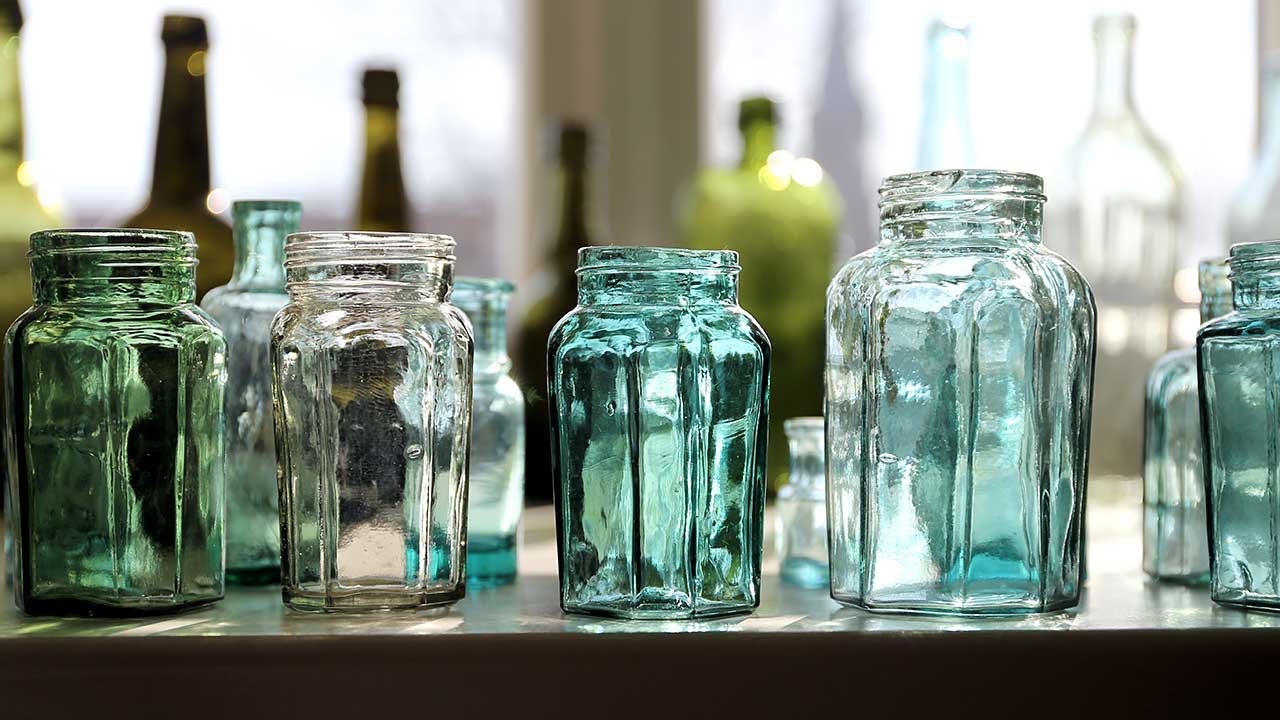
Hospice as a Model for Animals
By Tracy Brad
Director of Marketing & Communications, Animal Hospice Group
When I was a teenager, my first real job was as a nursing assistant in a convalescent center. My grandmother had bravely battled cancer, and when she realized that the treatment wasn’t working, she decided that she wanted to be at home, surrounded by her family. She wanted to have hospice care there until she passed away. Between missing her and wanting to feel like I was making a difference, this job sounded like a perfect fit.
For two years, I learned from the nursing staff, provided care for patients, and discovered more about hospice and the dying process. I was always distraught when a favorite patient told me that they had a DNR (Do Not Resuscitate) order, until one day, one of my patients (I’ll call her “Marian”) asked me what I would want my end of life to look like. Ideally, would it be filled with dignity? Would I want to remain comfortable, but not receive so many painkillers that I wasn’t aware of what was going on? Or would I want to receive enough medication to have no pain, regardless? Would I want heroic efforts made to keep me alive if it meant that I wouldn’t still have a good quality of life? Would I still have choices, or would someone else get to make the call? At age 17, these were some pretty heavy conversations, but I truly began to understand the hospice model. The care. The dignity. The peace. And the choices. Marian reminded me that this was why she was here — to receive hospice care, to still enjoy her life, and living, and her friends, but to die on her own terms.
I never discussed Marian’s illness with her. I didn’t know what she had. It didn’t matter to our friendship. We focusing on her living, not her dying. This, she taught me, was hospice. We chatted about life, and love, and how proud she was of her son. We talked about my grandma, and friends that she missed, and adventures she’d had when she was my age, and how she liked the way that the sun came through her window in the afternoon. She was a small lady, and quiet, but she was always smiling, and between the light and her smile, her room always felt full. Of life. Of love. Of lessons still to be learned.
As the months grew colder, Marian seemed to grow more frail. Now she wore thicker sweaters. She always had on her soft baby blue slippers. Her mouth quivered a little bit more when I helped her put on her pink lipstick. But her smile never faded. She never once complained. I brought her some gifts for Christmas — blue and green glass jars that she could put on her windowsill that caught the light just right. She clapped with delight. It was such a small gesture on my part, but she told me that it meant a lot. She took joy in every small moment like this.
She passed away shortly afterward. I wasn’t there that day. When I returned for my next shift, one of the nurses told me that she’d passed away. I didn’t ask any questions. I was too sad. But then the nurse took the time to tell me that it was a good death. That she passed as she’d hoped to. She told me that her son had taken the jars because he knew how much she’d loved them. He’d see the way that they caught the light and be reminded of her, too.
 |
Years later, when one of my cats became very sick, it was only natural to continue using the hospice model, as best as I could. My cat couldn’t tell me what he wanted. I could only intuit and try. I thought back to my grandma. And I thought back to Marian. I thought about everything that they had each taught me about life and love, living and dying, grace and dignity and choice. I know that our animals can’t verbalize what they want or need, and they are often stoic when they first present with a condition that indicates their illness. But being allowed to live, on your terms, and with peace, and dignity, kindness and security, love and support…I can’t think of a better way to spend your final days. I now follow the hospice model for all of my animals, with the additional personal rule of doing for them what I would hope someone would do for me. That was Marian’s biggest lesson to me, and I will carry it with me always. And in the afternoon, when the light hits something just right, sometimes I smile and think of her. |
Please show us all that you like this article by sharing, commenting, and/or giving this a "LIKE" on Facebook. Photo in post (header): blue and green glass jars to represent the ones Tracy gifted her friend Marian.
